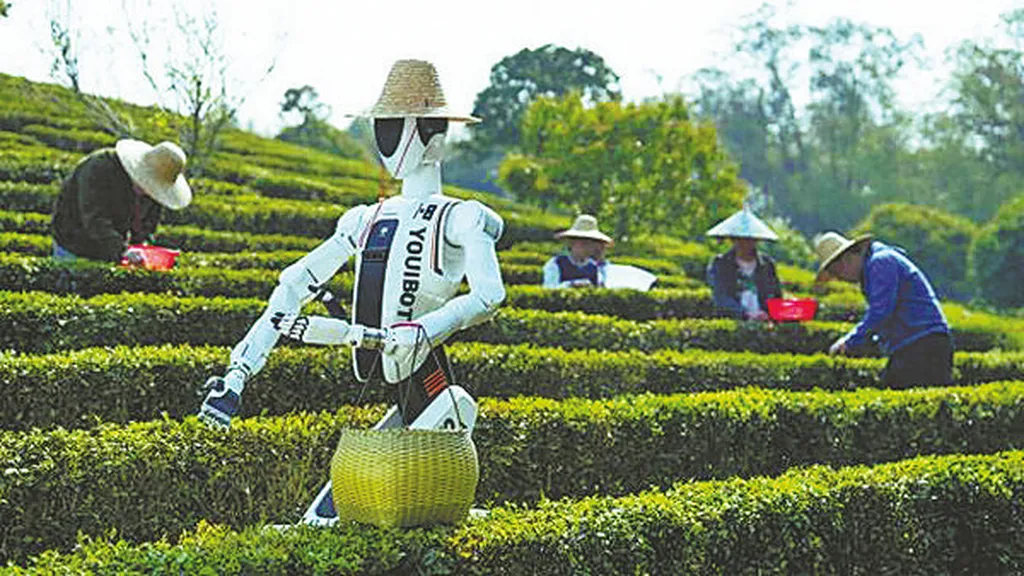In the heart of China’s thriving green economy, a groundbreaking development is brewing— quite literally. Researchers have unveiled a novel approach to safeguarding tea plantations, a cornerstone of the country’s agricultural sector, using advanced artificial intelligence techniques. The study, led by Xiaojie Wen from the Key Laboratory of Pest Monitoring and Safety Control of Crops and Forests of the Xinjiang Uygur Autonomous Region at Xinjiang Agricultural University, introduces a lightweight convolutional neural network (LCNN) that promises to revolutionize disease and pest detection in tea plants.
Tea trees, known scientifically as Melaleuca alternifolia, are under constant threat from various diseases and pests. Timely and accurate identification of these threats is crucial for maintaining agricultural productivity and ensuring the quality of the final product. However, current diagnostic methods often fall short due to data scarcity and inadequate feature representation in existing datasets.
The research team addressed these challenges by creating a new tea disease and pest dataset (TDPD) with a 23-class taxonomy. They systematically evaluated five different LCNNs using two optimizers, three learning rate configurations, and six distinct scheduling strategies. The standout performer was an enhanced version of MnasNet, a lightweight neural network architecture, which was further improved by integrating SimAM attention mechanisms. This enhancement significantly boosted the model’s ability to discriminate between different features, leading to more accurate classifications.
The results were impressive. The model achieved an accuracy of 98.03% on the TDPD dataset and 84.58% on an open-access dataset. These figures underscore the model’s potential for real-world applications in precision agriculture. “The integration of SimAM attention mechanisms into MnasNet has been a game-changer,” said Wen. “It has not only improved the model’s accuracy but also made it more efficient and reliable for field applications.”
The implications of this research are far-reaching. By enabling timely and precise identification of tea leaf diseases and pests, the model can help farmers take proactive measures to protect their crops. This can lead to increased yields, improved product quality, and reduced environmental impact. The model’s lightweight nature makes it suitable for integration with UAV-mounted imaging systems and mobile diagnostic platforms, paving the way for intelligent tea plantation management.
As the world increasingly turns to sustainable and efficient agricultural practices, this research offers a promising pathway forward. By leveraging the power of AI, farmers can better protect their crops and contribute to a more resilient and productive agricultural sector. The study, published in the journal ‘Plant Methods’ (translated to English as ‘植物方法’), represents a significant step forward in the field of precision agriculture and sets the stage for future developments in intelligent crop management.
The commercial impacts for the energy sector are also noteworthy. As the demand for sustainable and eco-friendly products continues to grow, the tea industry is poised to play a pivotal role. By ensuring the health and productivity of tea plantations, this research can contribute to the broader goals of sustainability and energy efficiency in agriculture. The integration of AI technologies like the one developed by Wen and his team can drive innovation and create new opportunities for growth and development in the sector.

